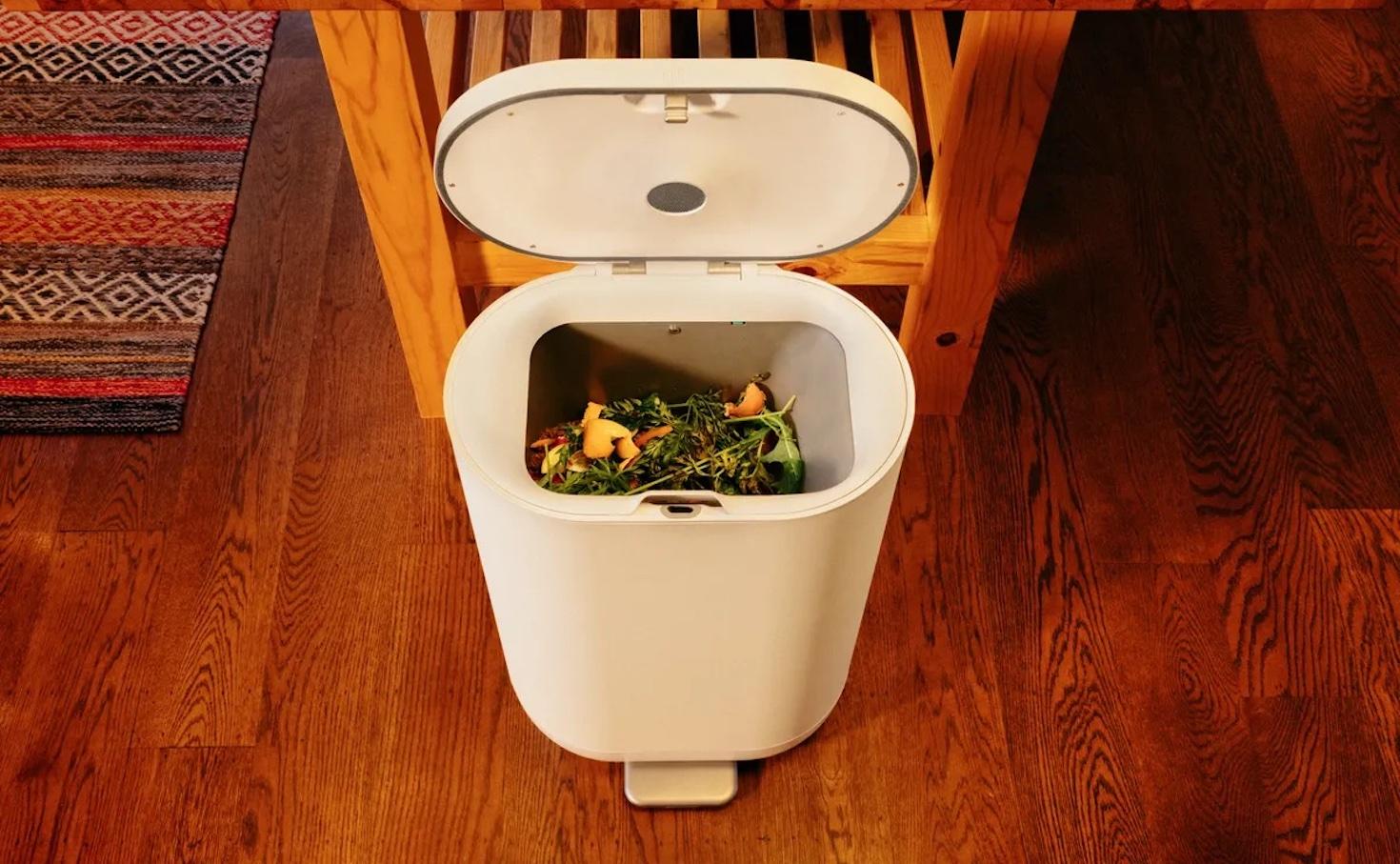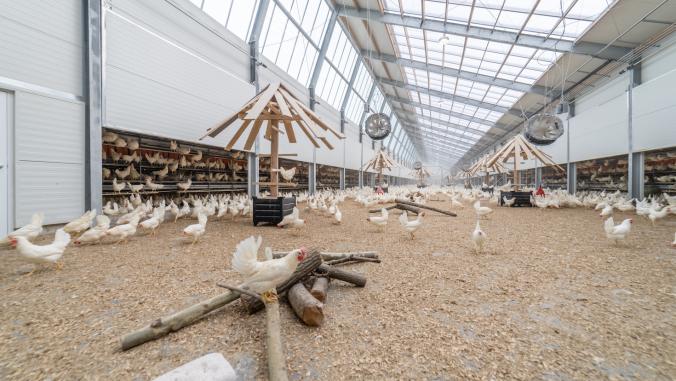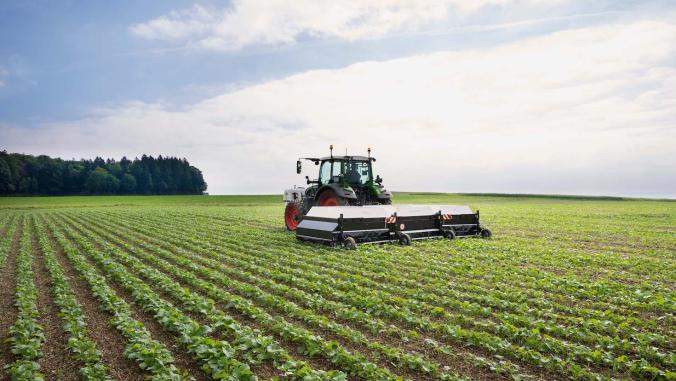Today, I'm covering news about food startups in the third quarter.
This is a continuation of my quarterly round up. (You can find last quarter’s here). The list below is not comprehensive of all investment activity in the space, but combined the 15 companies highlighted here raised $700 million in the third quarter.
We’ll break the updates down into the same three categories as last week’s analysis of major food players — the shift to regenerative agriculture; changing diets; and reducing food waste — since they embody the biggest impact areas within the food system.
Fertilizers get a bigger slice of the regenerative market
In regenerative agriculture, Indigo Ag announced the largest raise with $250 million, positioning it as an established player. The company is best known for its work on soil carbon sequestration and has growing business lines in biological farm inputs and supply chain software.
But not everything has been rosy. Indigo’s cash influx came with an estimated 94 percent drop in valuation compared to its last funding round three years ago, bringing it down from $3.5 billion to $200 million. Why? Agribusiness analyst Shane Thomas argues that Indigo is now valued for what it is — an agricultural company — rather than the tech startup it sold itself to investors previously.
YardStick was another winner addressing soil carbon sequestration. Over the past years, the startup has slowly but surely established itself as a leading measurement technology and has now raised a $10.6 million Series A.
While the US used to be the biggest market for alternative protein investments, all of these major announcements come from outside the country.
While carbon sequestration has long been the dominating force in regenerative agriculture, nutrient management has caught up — particularly over the past year since Russia’s war on Ukraine has tightened global fertilizer availability.
This summer, Belgian startup Aphea Bio cashed in $74 million to grow its microbial business to help corn and wheat farmers cut fertilizer and pesticide use. Its French neighbor Toopi Organics banked $17.2 million to scale its technology that turns human pee into fertilizer. Over in the U.S., Phospholutions raised a $10.15 million round to accelerate the commercialization of a fertilizer that plants can absorb more efficiently, thus lowering runoff and pollution.
Q3’s last notable regenerative agriculture development comes from CH4 Global. The innovator raised a $29 million Series B for its methane-reducing cow feed additive made from seaweed.
What stands out across these announcements is a reduction in the overall number and size of deals and a move away from investments into digital farm management tools trending in Q1 and Q2.
U.S. falls behind on alternative proteins
The alternative protein sector continues to grow — but as I predicted earlier this year, an oversupply of similar products, increased investor scrutiny and smaller funding pots are now leading to consolidation.
Over the summer months, plant-based food companies Nowadays, Hooray Foods and Tattooed Chef ceased operations while Meati Foods and Perfect Day went through layoffs. This corresponds to declining plant-based sales. U.S. retail sales data released in July showed that consumers purchased 15.6 percent fewer plant-based meat products in the first half of 2023 compared to the same period last year. For Beyond Meat, one of the biggest companies in the sector, it meant a 30.5 percent year-over-year decline in net revenue.
And yet, investors continue to bet on the future of alternative proteins. Q3’s most significant investments include:
-
$42 million for mycoprotein startup Enough in the Netherlands
-
$35 million for the cultivated pork startup Meatable also in the Netherlands
-
$34.7 million for plant-based meat and fish innovator Umiami in France
-
$26 million for plant-based seafood startup Konscious Foods in Canada
-
$18.5 million for microalgae protein company Brevel in Israel
Notably, while the U.S. used to be the biggest market for alternative protein investments, all of these major announcements come from outside the country. Activity in the U.S. hasn’t disappeared altogether, but at least for now, it’s no longer dominating the industry.
Food waste solutions are catching up
For long, food loss and waste hasn’t attracted the investment and innovation that would match its potential as a climate solution. While the tables haven’t completely turned, I’m happy to see an upturn in activity in this area.
The San Francisco-based startup, Mill, entered the U.S. market in January with a new service for food scraps. Its household bin dehydrates leftovers, which users mail back to Mill. The company then continues to process them into chicken feed.
With this service, Mill has made composting easy and trendy — and has since been a finalist for Fast Company’s design company of the year award. At the same time, Good Housekeeping listed it as one of the winners of its best cleaning and organizing awards. To round things out, Axios reported that Mill has already reeled in $70 million toward its targeted $100 million Series C.
Hamburg-based Traceless secured $38.6 million for its material innovation. The company developed a new technology to transform agricultural waste into a material with plastic-like properties that breaks down even in home composts.
The other two startups raising notable rounds are Austrian Kern Tec and Australian Goterra. Kern Tec banked $12.8 million to turn traditionally wasted stone fruit pits into plant-based dairy products and Goterra can now rely on another $10 million to build out its insect-powered food waste treatment plants.
Altogether, it has been a decent summer for food and agriculture innovation. It’s true that we’d need to see much larger investments and consumer adoption to effectively address the climate and biodiversity crises. Still, given the political and economic headwinds innovators have faced, the headlines could have looked worse.






